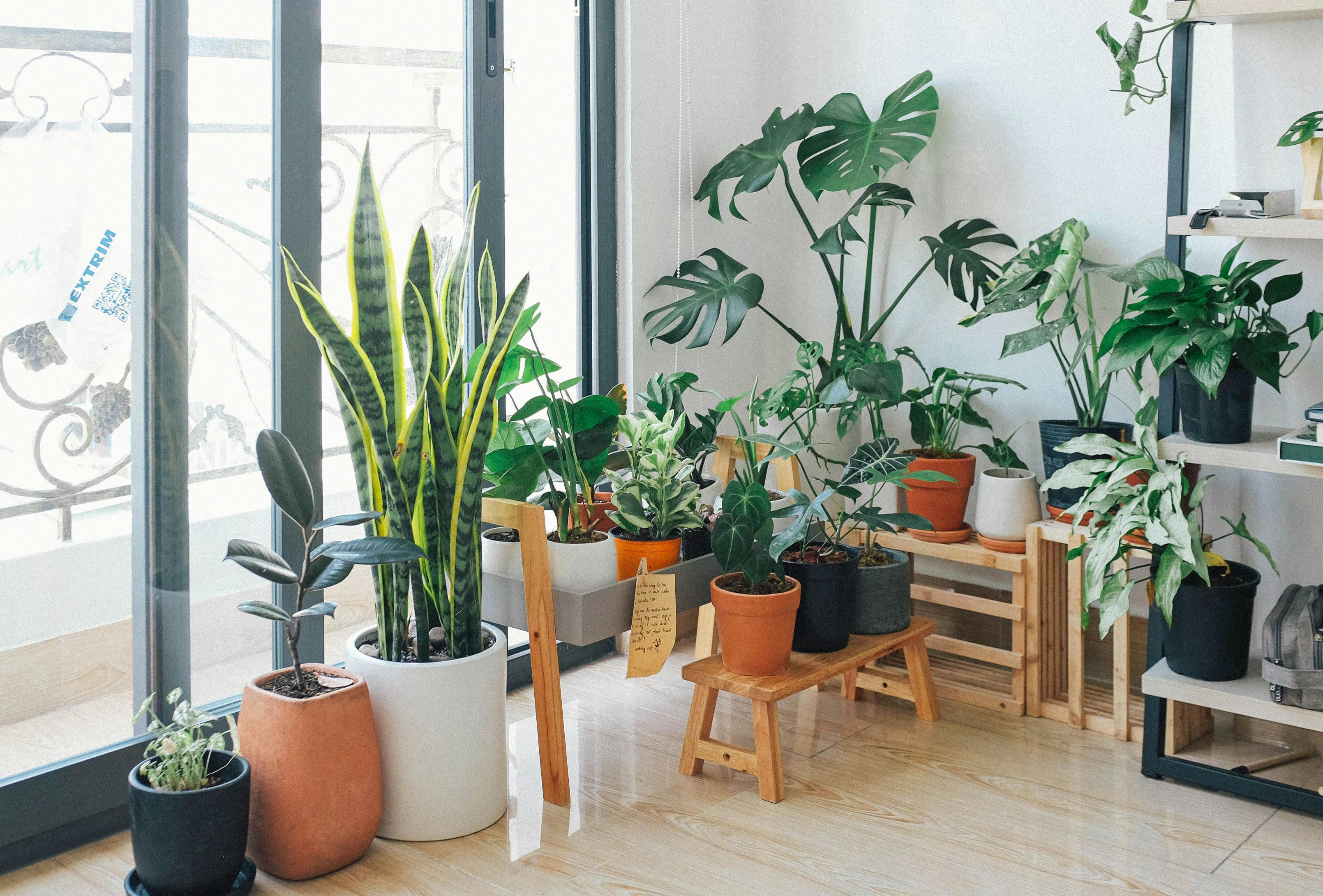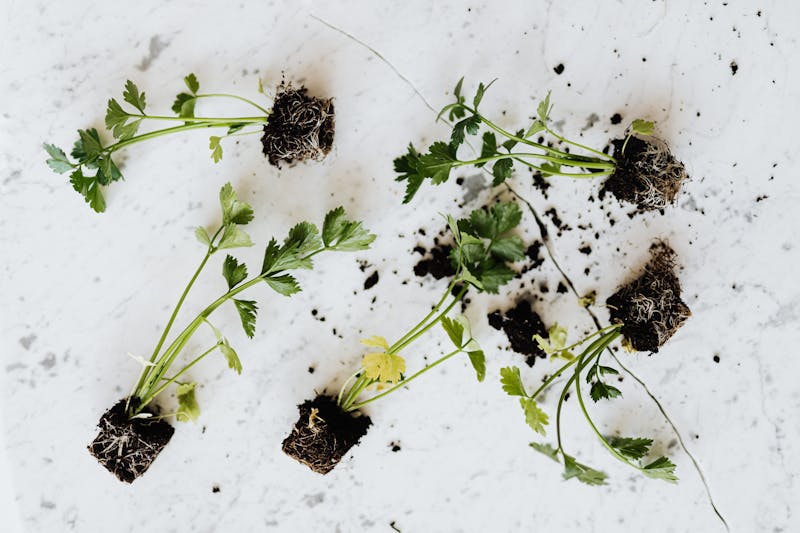Kitchen Design Ideas
Edible Gardens: Designing and Cultivating Your Own Sustainable Kitchen Garden
In recent years, the concept of sustainable living has gained significant momentum. From reducing plastic waste to adopting eco-friendly practices, people are increasingly looking for ways to make a positive impact on the environment. One such trend that has caught the attention of both seasoned gardeners and newcomers alike is the concept of edible gardens. These gardens offer a delightful way to grow your own food, promote sustainable living, and reconnect with nature. In this article, we'll explore the art of designing and cultivating your own sustainable kitchen garden, bringing the farm-to-table experience right to your doorstep.

The Importance of Edible Gardens and Sustainability:
Edible gardens are not just about growing your own food; they also contribute to the larger goal of sustainability. By cultivating your own kitchen garden, you can reduce your carbon footprint by minimizing transportation, packaging, and the use of harmful pesticides. Additionally, growing your own food allows you to make informed choices about the seeds, soil, and fertilizers you use, promoting organic and eco-friendly practices.

Choosing the Right Location:
Before you start designing your kitchen garden, it's essential to select the right location. Ideally, your garden should receive at least 6-8 hours of direct sunlight each day. Assess the available space in your backyard, balcony, or windowsill to determine the best spot for your garden. Consider factors such as accessibility, water source proximity, and protection from strong winds or extreme weather conditions.
Designing Your Edible Garden:
Once you've identified the perfect location, it's time to design your sustainable kitchen garden. Consider the following elements:
- Raised Beds and Containers: If you have limited space, raised beds or containers are an excellent option. They allow you to control the soil quality, drainage, and pests more effectively. Use organic soil and compost to create a fertile growing environment.
- Companion Planting: Intercropping compatible plants not only maximizes space but also helps with natural pest control and nutrient cycling. Research companion planting techniques to find suitable combinations that benefit each other.
- Vertical Gardening: Utilize vertical space by growing climbing plants like beans, cucumbers, or tomatoes on trellises or walls. This technique increases your garden's productivity while saving space.
- Perennial Plants: Incorporate perennial herbs, fruits, and vegetables into your garden design. They require less maintenance, provide year-round harvests, and contribute to the long-term sustainability of your garden.

Sustainable Gardening Practices:
To maintain an eco-friendly kitchen garden, embrace sustainable gardening practices:
- Water Conservation: Install drip irrigation or use mulch to minimize water evaporation and weed growth. Collect rainwater for irrigation purposes, reducing the strain on local water sources.
- Organic Pest Control: Avoid using chemical pesticides that harm beneficial insects and the environment. Instead, implement natural pest control methods such as companion planting, attracting beneficial insects, and using organic pest repellents.
- Composting: Start a composting system using kitchen scraps, yard waste, and other organic materials. Compost enriches the soil with essential nutrients, reduces waste, and minimizes the need for synthetic fertilizers.

Harvesting and Enjoying Your Homegrown Produce:
As your kitchen garden flourishes, it's time to reap the rewards of your hard work. Harvesting your homegrown produce at its peak ensures the best flavor and nutrition. Remember to pick fruits and vegetables regularly, allowing space for new growth. Embrace the joy of cooking and sharing your freshly harvested ingredients with friends and family.

Designing and cultivating your own sustainable kitchen garden is an immensely rewarding and empowering experience. By growing your own food, you contribute to sustainability, reduce your carbon footprint, and enjoy the benefits of fresh, organic produce. Whether you have a sprawling backyard or a tiny urban balcony, anyone can create an edible garden with careful planning and eco-conscious practices. So, roll up your sleeves, dig in the dirt, and start your journey towards a greener, more self-sufficient lifestyle with an edible garden of your own.
Editors Pick
Top designs worth exploring
open living and dining room
Family Living Room Coastal Casual with Play Area
bedroom
Contemporary Bedroom With Earth Tones
open living and dining room
A Picture-Perfect Modern Rustic Living-Dining Room
bedroom
Elegant Bedroom with Brass Accents
living room
Family Room Modern Elegant with Tray Ceiling
home office
Fantol Desk & Ladder Bookshelves: A Rustic Mid-Century Home Office
Editors Pick
Top designs worth exploring
Design Journeys
Real stories from real customers
More to Explore
Check out other exciting designs



























